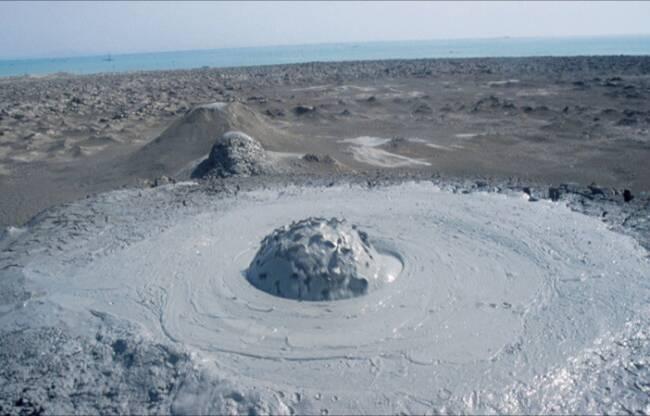 I receive a lot of emails offering to send me products to review... travel books, CDs, language-learning tools, you name it. I'm halfway through several books which I dip into before I drift off to sleep each night, and I'm trying to learn Italian again. And I will get around to writing those reviews soon, I promise. But there's one special product I received from Singapore yesterday which I couldn't resist placing at the top of the reviewing pile that I'm itching to tell you about - something that appeals both to my fondness for postcards and my constant search (and desire to dabble in) new forms of travel guides...
I receive a lot of emails offering to send me products to review... travel books, CDs, language-learning tools, you name it. I'm halfway through several books which I dip into before I drift off to sleep each night, and I'm trying to learn Italian again. And I will get around to writing those reviews soon, I promise. But there's one special product I received from Singapore yesterday which I couldn't resist placing at the top of the reviewing pile that I'm itching to tell you about - something that appeals both to my fondness for postcards and my constant search (and desire to dabble in) new forms of travel guides... The Accidental Traveler, Linzy Q, who blogs at My Impromptu Travel Journal emailed: "I came across your blog about Postcard Stories and I really like what you wrote. I'm wondering if you would be interested in something that I've published. Entitled "A Little Beijing", it is a publication that stitches together photographs, maps and descriptions of quaint destinations throughout the city in the form of 60 postcards + 1 map of the itinerary. Each day, travellers follow pre-determined routes (outlined on a color coded map) and carry with them approximately 10 corresponding postcards. Upon visiting a place, travellers scribble down their thoughts and mail them back home. Once they get back, a complete documentation of their trip should be waiting for them in the post."
Not only is 'A Little Beijing' a novel concept, but it's every bit as enchanting as it sounds! I'm sure I squealed with delight as I opened the packaging. The postcards come in a handy box, the instructions are easy to understand, the off-the-beaten-track itineraries are well thought-out (intriguing neighbourhoods, quirky points of interest, well-paced) and easy to follow, and the postcards themselves are gorgeous - fabulous photography and beautifully designed (Linzy has won awards for the design). They are the kinds of interesting, arty postcards you only wish they sold in Beijing, the kinds of postcards you would buy if you could anyway, indeed, they're the kinds of images you'd happily gaze at on the wall of an art gallery and wish they also came in postcards.
And while I adore Linzy's idea of following the itineraries on the cards and jotting down your reflections of the places you visit and sending the cards home to yourself as a keepsake, I also love the idea of sending them back to your family members or to a close group of friends who can share what you're up to with eachother while you're away, piecing together the narrative of your journey like a jigsaw puzzle. I told you in Postcards to my Mum about my mother's accident a few years ago and how when she was in hospital in Perth and I was on the road researching a book in Greece I used to send her a postcard a day. I can see 'A Little Beijing' having similar uses... how wonderful to share your journey to Beijing with an invalid grandmother or another family member or friend who can't travel but who travels precariously through you... think of the possibilities.
You can buy A Little Beijing at Linzy's blog or bookstores in Hong Kong and Singapore, which she lists on her blog. Well, if anything, isn't it just a great excuse to go to Beijing?
















